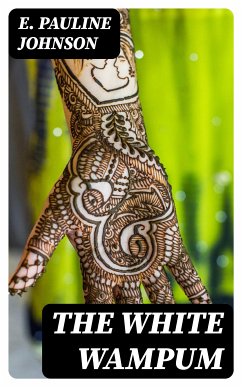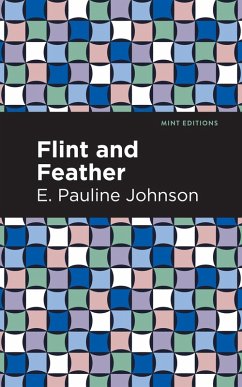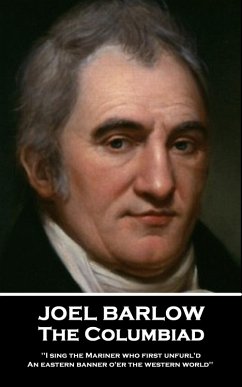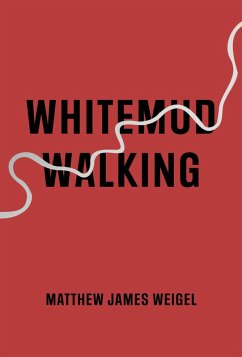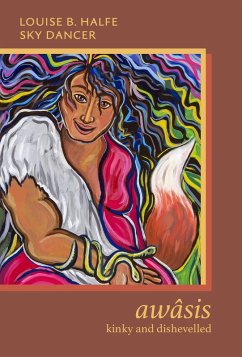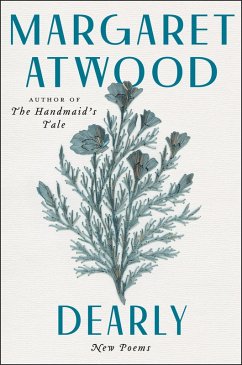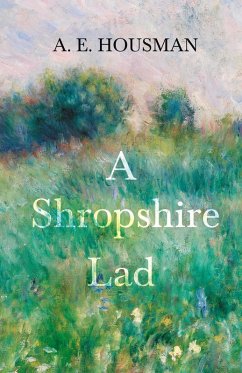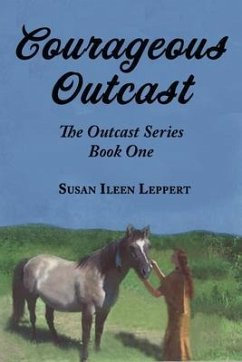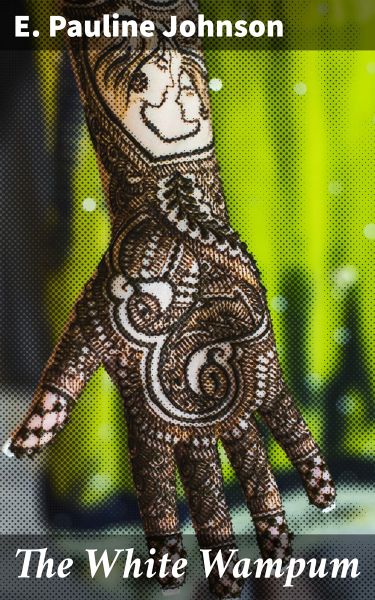
The White Wampum (eBook, ePUB)
Exploring Cultural Exchange Through Poetry

PAYBACK Punkte
0 °P sammeln!
E. Pauline Johnson's "The White Wampum" is a poignant collection of poems that intricately weaves together themes of identity, nature, and cultural heritage. Published in the early 20th century, this work resonates deeply within the literary context of the time, highlighting the struggles and aspirations of Indigenous peoples in Canada. Johnson's distinctive voice combines romanticism with a poignant authenticity, as she employs vivid imagery and lyrical elegance to celebrate both her Mohawk ancestry and the natural landscape of her homeland. Her versatile style reflects a conscientious balanc...
E. Pauline Johnson's "The White Wampum" is a poignant collection of poems that intricately weaves together themes of identity, nature, and cultural heritage. Published in the early 20th century, this work resonates deeply within the literary context of the time, highlighting the struggles and aspirations of Indigenous peoples in Canada. Johnson's distinctive voice combines romanticism with a poignant authenticity, as she employs vivid imagery and lyrical elegance to celebrate both her Mohawk ancestry and the natural landscape of her homeland. Her versatile style reflects a conscientious balance between personal reflection and communal storytelling, engaging readers in a profound exploration of duality in identity. E. Pauline Johnson, also known as Tekahionwake, was born in 1861 to a British father and Mohawk mother, which equipped her with a unique perspective on issues of cultural intersection. Growing up in an era marked by colonial expansion and cultural suppression, Johnson's experiences prompted her to become a vocal advocate for Indigenous rights and representation. Her literary contributions emerged as a powerful tool to convey her heritage and challenge societal perceptions of Indigenous identity. This collection is a compelling read for anyone interested in poetry that transcends mere aesthetics to embody a cultural critique. "The White Wampum" not only enriches the literary canon but invites readers to engage with the complexities of identity, making it an essential work for scholars, students, and anyone passionate about the intersections of culture and literature.
Dieser Download kann aus rechtlichen Gründen nur mit Rechnungsadresse in A, B, BG, CY, CZ, D, DK, EW, E, FIN, F, GR, H, IRL, I, LT, L, LR, M, NL, PL, P, R, S, SLO, SK ausgeliefert werden.




